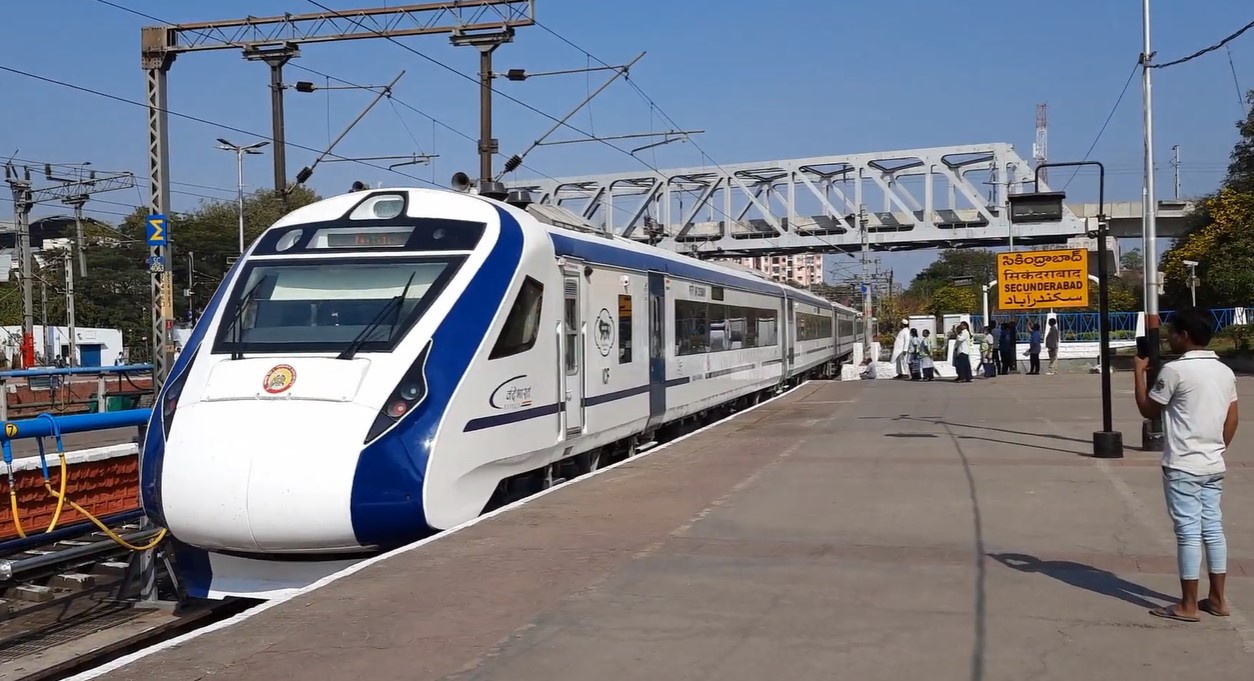I hear you devil's, and if that were the case, I would agree with you. But the evidence of the "breaking" of elephants over the past 10 or 15 years is really spotty. The elephant owners claim, and it appears they are honest about it, to have changed to a "gentling" process more akin to how we "gentle" a horse instead of breaking it the way we used to. The only thing I do not like about the whole riding elephants is the lack of comfort for both the rider and the elephant when it comes to howdahs. Riding the elephant on his/her neck moves the weight onto the front legs and is a lot more comfortable for both parties.
My cousins and I used to "race" pigs when I was 6 or 7 and riding an elephant feels a lot like riding the worlds biggest pig, bristles, rough skin and all. As long as the pigs got fed they appeared to be happy to be 'racing pigs' for a day. The only drawback was the race went exactly where the pigs wanted to go, not where my cousins and I had planned.
But back to elephants. I think that the people that are most against riding elephants see how it used to be and do not want to support that. But it seems like they are opposing activities that do not happen very often at all any more. There are bad actors, so I guess I could see people not wanting to interact with elephants at all so as to avoid supporting the bad actors, but it makes no sense to pay to bathe elephants that were probably raised the same way as the elephants that are being ridden. Either do not interact with elephants at all or stop telling people to not ride them. You can not have your cake and eat it too.
























































